Has your brand-new red dot sight disappointed you?
Did you just buy a red dot sight to see a shoddy job of a dot?
Guess what? It might be you.
Heard of astigmatism? Your eyes might be your own worst enemy when owning a red dot with this condition.
But, not all hope is lost. Here's what to expect and what you can do if you have astigmatism. We also pitch in some alternative optics that should keep you shooting dead-on regardless of your "curves."
What is Astigmatism?
Astigmatism is a very common eye condition in which either the cornea or the lens is irregularly shaped.
This prevents light from entering the eye to meet at a single focal point at or behind the retina.
Since astigmatic eyes can't focus light rays to a single focal point, vision is distorted. Things may look blurry at any distance.

Can you have astigmatism and not know it? Sure you can. Many shooters will buy a red dot sight and think it's defective unaware that they may have a case of mild astigmatism.
How do you treat astigmatism so you can shoot better? You can get contact lenses, glasses, and even refractive surgeries that includes LASIK. While all that would be an improvement to your overall vision, it's certainly the most expensive plan of action. By all means, do what you need to do to improve eye health and vision.
Astigmatism VS Defective Red Dot Sights- Which Is It?
What does a red dot look like with astigmatism? The red dot can appear as an anomaly of many kinds. Most commonly, they look like this:
- Comma, apostrophe, or a smear
- Double dot (two dots)
- Cluster of dots/grapes
- Star burst
- Blurry dot
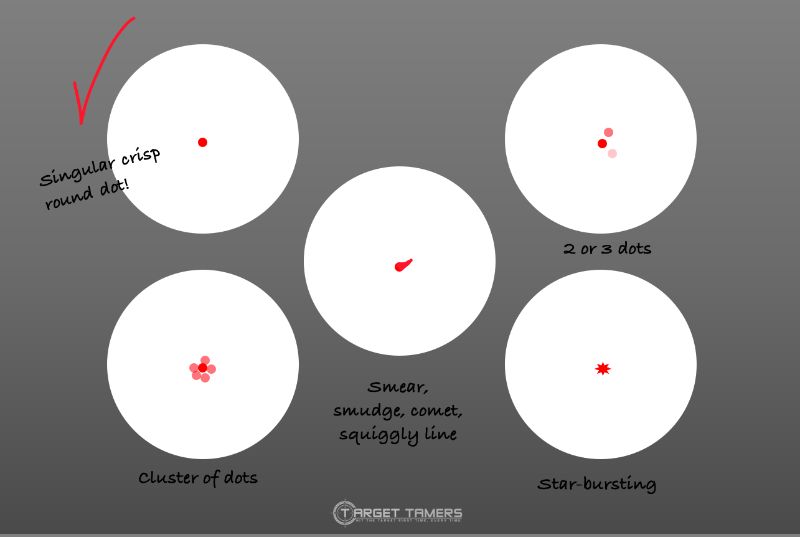
How do you know if it's your eyes or if it's a defective red dot sight? Here's a few things you can try out yourself at home before scheduling your optometrist appointment.
1. Take a Picture
Take your smartphone camera to take a picture of the dot through the red dot sight. Since your camera lens doesn't have astigmatism, it should capture the true image of what the red dot actually looks like. If it's a round, crisp dot in the picture, you should probably get an eye appointment set up. If the dot is distorted in any way on the picture, there may be an issue with the sight.
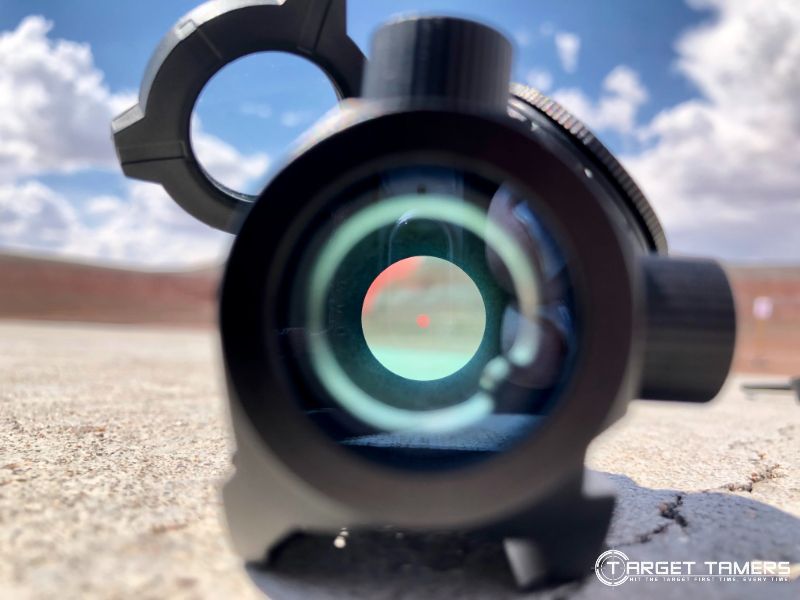
2. Friend Test
Get multiple people to look through the optic. Some may have astigmatism and not know it (again, it's a very common condition), and others won't. This is not a highly reliable method, but it may prove to be helpful.

3. Get Back Up
Use the red dot with your rear back up iron sights. This should give you a true image of what the dot actually looks like. Still fuzzy lookin'? It could be you.
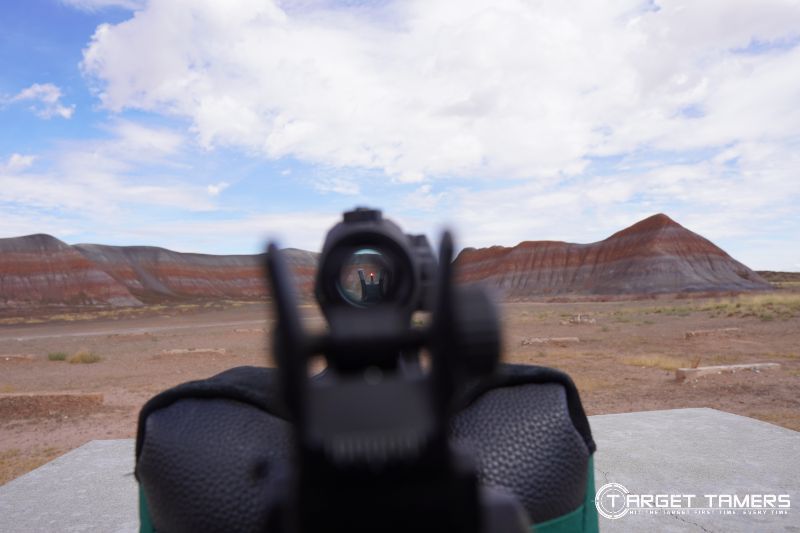
4. Rotate the Red Dot
Another test to try out is to rotate the red dot. Hold it in your hands and get a visual of the red dot then rotate the sight either clockwise or anti-clockwise.
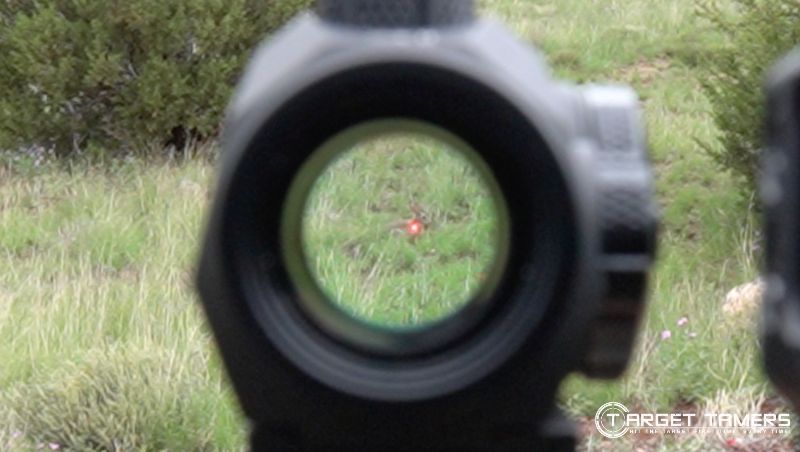
If the problem is you, however you see the red dot anomaly, it maintains its exact position as you rotate or change the orientation of the sight.
If the red dot anomaly moves with the orientation of the sight, this is indicative that the sight may be defective.
Using a Red Dot with Astigmatism
Why does this distortion happen with red dots and not other optics? It's simply a matter of how red dot sights function - a lens is used to reflect a red dot image from an LED back to your eye. Astigmatism just doesn't do well with this reflection of light. So, what can you do to overcome astigmatism when using red dot sights? Here's our take.
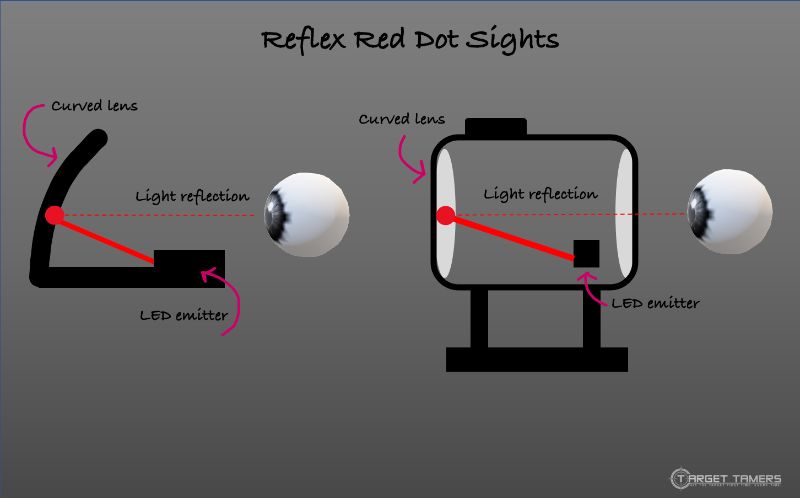
1. Turn the Lights Down Low
Make sure your dot isn't cranked up on max brightness. This may sound like an elementary solution (not a diagnosis), but it's effective. When the illumination is on max brightness in the wrong conditions such as indoors or in low light, the bright dot can appear to bleed, halo, or starburst. Turning down the illumination can provide that round, crisp dot you're after.
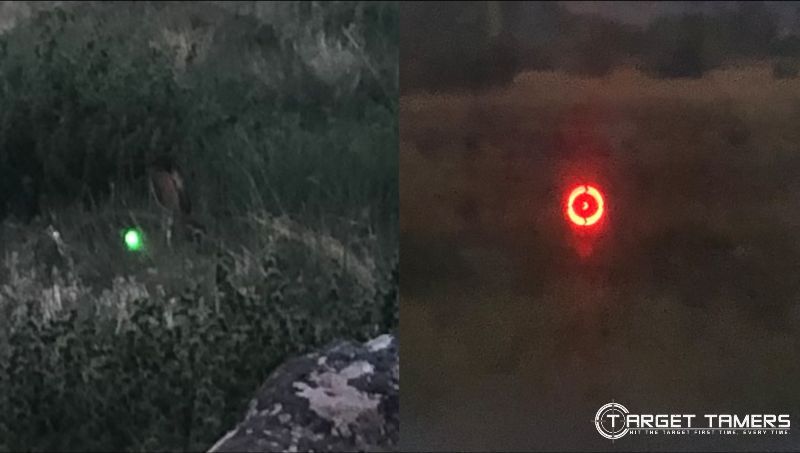
2. Green VS Red Illumination
Many shooters with astigmatism feel that green illumination tends to distort less than red. Choose green illumination over red if this proves helpful. Of course, it may also help to be brand-specific or quality-specific when choosing a red dot sight to overcome vision issues. A shoddy dot is a shoddy dot, and having green illumination isn't going to change a thing. Ensuring you're buying a high-quality red dot with green illumination may help to mitigate the blurry effect of astigmatism.
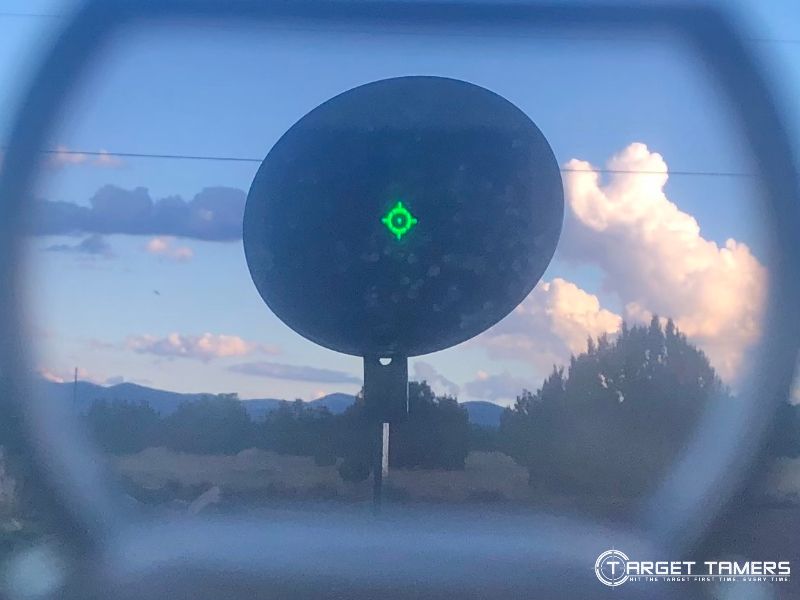
3. Polarized Glasses
This may or may not work for you as astigmatism conditions vary. The idea is that polarized glasses help to straighten out scattered light rays before it actually enters your eye. This helps to focus entering light into single focal point helping to reduce the effects of astigmatism. However, polarized glasses vary in quality so there's no guarantee that a $15 pair from the gas station will be your "swear-by" solution. Worth a try? Maybe - you tell us.
4. Go With It
Kind of unconventional advice, right? Depending on the degree of your astigmatism and how you see the red dot, you could get away with just going with the flow. If you see a double dot or a comma type red dot, you can still use that as your aiming point. Sure, things won't be exactly to the point of making minute of angle (MOA) shots, but the point of red dots is to get on target as fast as you can before that target gets you. Again, that's if the distortion isn't too distracting.
5. Get Magnification
Try a magnifier. This isn’t going to be a solution for everyone especially for those with astigmatism, but it’s worth a try if you already own one. A good magnifier has a diopter that can compensate focus in the positive and negative for usually up to + and – 2 or 3. If your vision requires more correction than that, it won’t be the end-all solution.
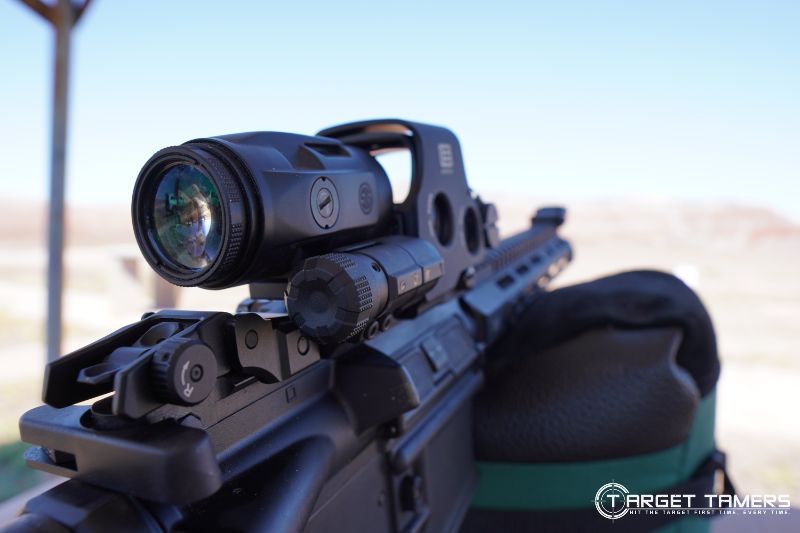
6. Get Treatment
You can opt for getting some form of treatment such as glasses or surgery, but it's not an absolute guarantee that it will cure how you will see the dot afterwards. Some people do just fine afterwards, some with glasses must find how it works with positioning and looking through the lenses, and others still see a somewhat soft-edged dot. Getting treatment and working with your doc can help to improve how you can use red dots with astigmatism.
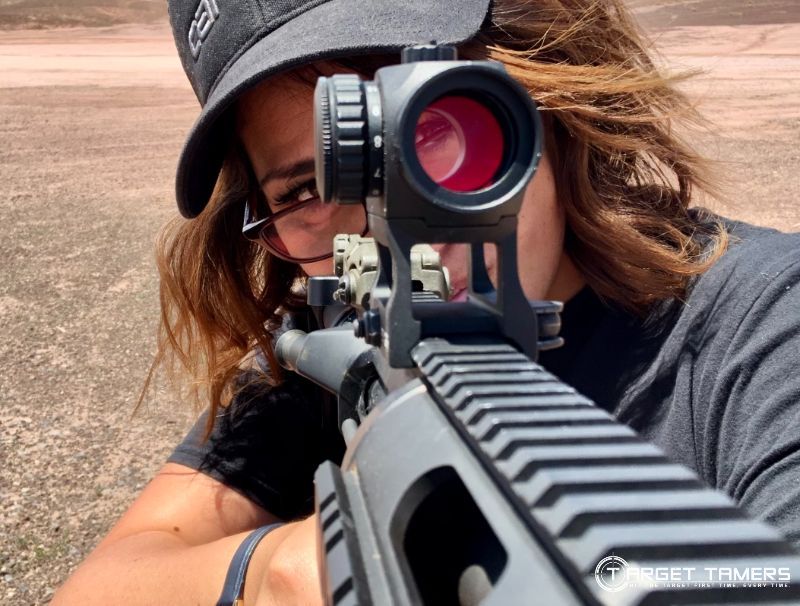
Best Red Dot Sights for Astigmatism (& Alternatives)
- EOTECH 512 Holographic Sight
- Vortex Spitfire AR - Best AR Red Dot
- Trijicon RMR - Best Pistol Red Dot
- Trijicon VCOG 1-6x24 - Red Dot Alternative
Reflex red dot sights are generally where people who have astigmatism run into issues. Where does that leave you? Well, red dot sights include holographic and prismatic sights, which can present their own unique set of problems, but they are mostly compatible for those with the curvy eye condition. However, what you see and what brands work for you is highly subjective, but, here are some options to consider.
1. Best AR Red Dot for Astigmatism
If you like the open style of red dots, you might want to consider an EOTECH holographic weapon sight. The EOTECH 512 is a welcome addition to an AR platform, and it has a 1 MOA dot with a 68 MOA ring around it. However, it seems to do better with those who have some sort of astigmatic correction be it with corrective lenses or contacts.
- EOTECH 512.A65 - Holographic Weapon Sight in black with 68 MOA ring & 1 MOA dot reticle
- Mount - Compatible with both 1" Weaver and MIL-STD 1913 Rails
If you haven't had any corrective action taken, a prismatic gun sight might be the way to go. They're similar to traditional rifle scopes and they use a glass-etched reticle that allows the eye something physical to focus on rather than a reflection.
The Vortex Spitfire AR has 1x magnification, dual illumination in red and green, and it even comes with an included 5.56 BDC turret. Hundreds of buyers have sung it praises including those with mild to severe astigmatism. The price is nice too - it's by far our best recommendation as an AR red dot for astigmatism.
- The Spitfire 1x Prism Scope excels in close to medium range shooting applications where fast target acquisition and speed is of the essence. The prism based design allows...
- Fully multi-coated lenses with anti-reflective coatings offer bright views even in low light conditions.
2. Best Pistol Red Dot for Astigmatism
On pistols, you need that wide, open window to help with rapid target acquisition. Prismatic and some holographic sights can be too large for small handguns. The options are limited. The Trijicon RMR is one of the best handgun red dot sights to date, but some with astigmatism still face dot issues regardless.
If you already have a red dot sight on your pistol, you can try to use it with your back up iron sights to help eliminate the effects. If the dot is only mildly fuzzy, blurry, or misshapen, you can become accustomed to this to where it doesn't affect your ability to use the red dot. You can also try using a red dot with a larger MOA size and/or green illumination.
3. Alternatives to Red Dot Sights
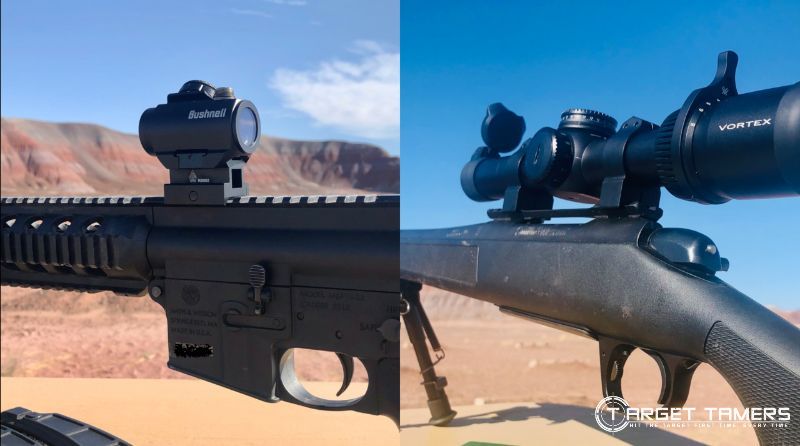
Ever considered an LPVO (Low Power Variable Optic)? There's a modern movement to making the switch between red dots to low powered scopes, and we're not against it. You can still achieve true 1x power, gain a little more magnification and longer shooting range, adjust the diopter for your eye, and possibly eliminate the issues of astigmatism.
- Red segmented circle reticle with a centered crosshair matched with 175-grain .308 loads
- First focal plane allowing the ballistic reticle to be used at any magnification
Get Hands-On
Finding what red dot sight works for you must be a hands-on experience. Playing with different size MOA dots, holographic, and prismatic sights at your preferred sporting goods or gun shop should help narrow down your options.
Before you send back your "faulty" red dot, consider the fact that it might be you not seeing things as they are. It's the not the end of the road for your competitive shooting or home-defense plans. You may have to take a different approach to how you "see" things.
In addition to astigmatism, aging eyes can affect your scope use. For this reason we outline the best scopes for old eyes here.
Further Reading


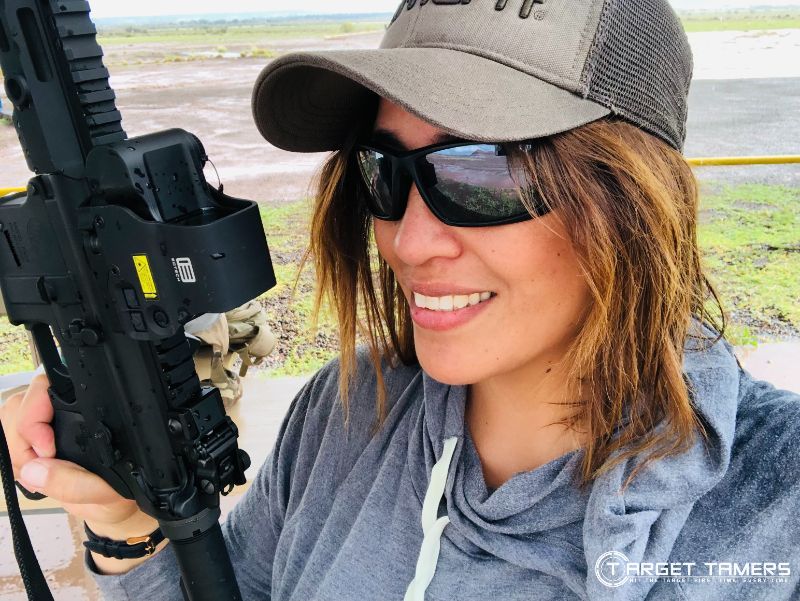
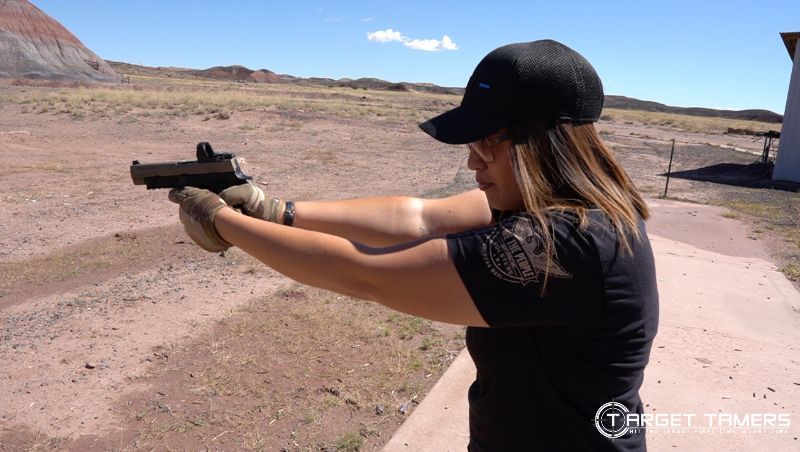

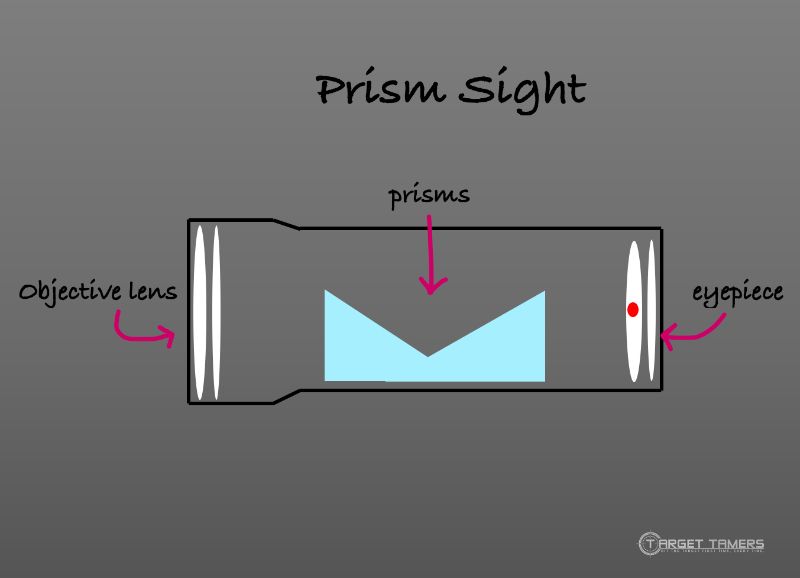
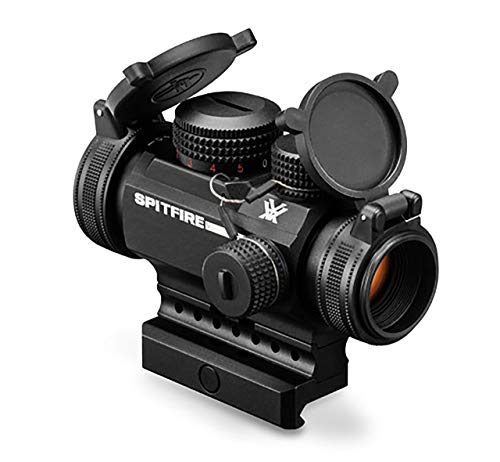
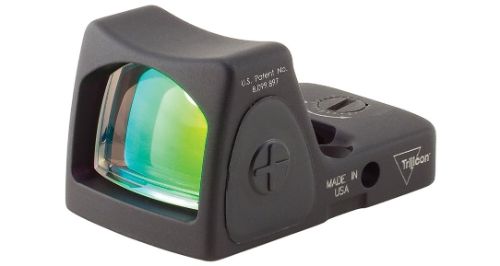




Great article! I have astigmatism AND cross eye dominant which makes shooting with both eyes open a challenge. My solution for pistol was the Trijicon RMR Type 2 no mount DUAL Illumination. No LEDs which, I have read, is part of the problem with blurred/star dots. The fiber optic amber dot in 9 MOA is highly visible and the tritium dot in low light works fine. Some have observed that when the weapon is in low light but the target is in bright light, the tritium dot washes out. It is true that it is not as easy to pick up, depending on the background lighting/color, but adding suppressor height sights and co-witnessing the dot works great. I chose the dual illumination for my EDC weapon because I prefer not to trust my life to a coin battery.
Thanks for sharing your experience Bruce. Sounds like a great set-up!
Bruce you and I share the exact same eye issues. I like this idea, and was wondering if you had any input on if the above may work for me. I was thinking about your exact setup, for my S&W Victory. Mine is the Performance Center version with fiber optic sights already. It will be a plinker and not a carry gun. The only low light I would be using it in, would be an overcast day.
Thanks in advance.
Great article! Does not cure my astigmatism but it explains the problem and some possible helps.
The suggestion to use the smart camera was great and I know what the dot should look like.
Thanks!
Ken/Idaho
Threw on my polarized glasses after reading this just to try and see if it helps...totally worked for me. what was very distinct long squiggly line turned into almost a perfect dot. Good advice I didn't see elsewhere.
Glad it worked for you Patrick and thanks for letting us know!